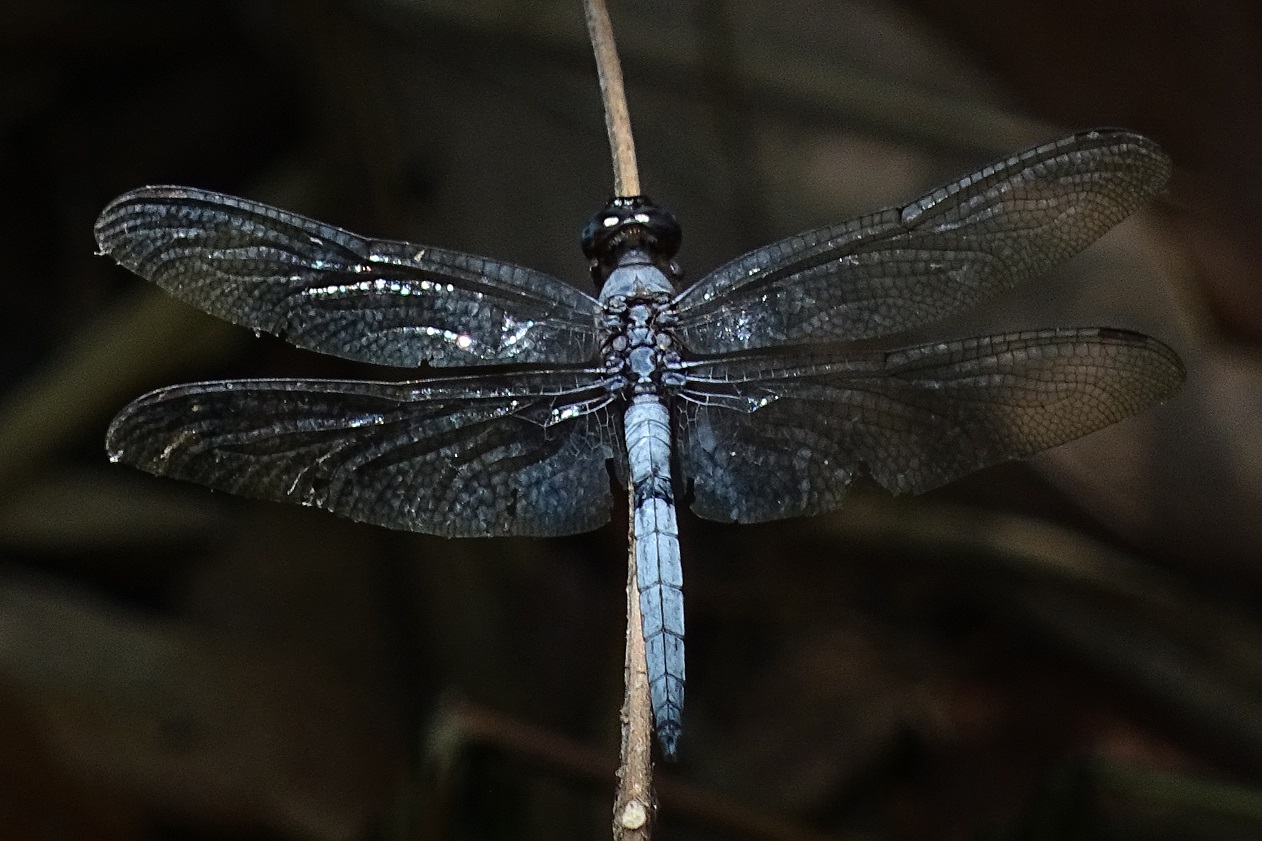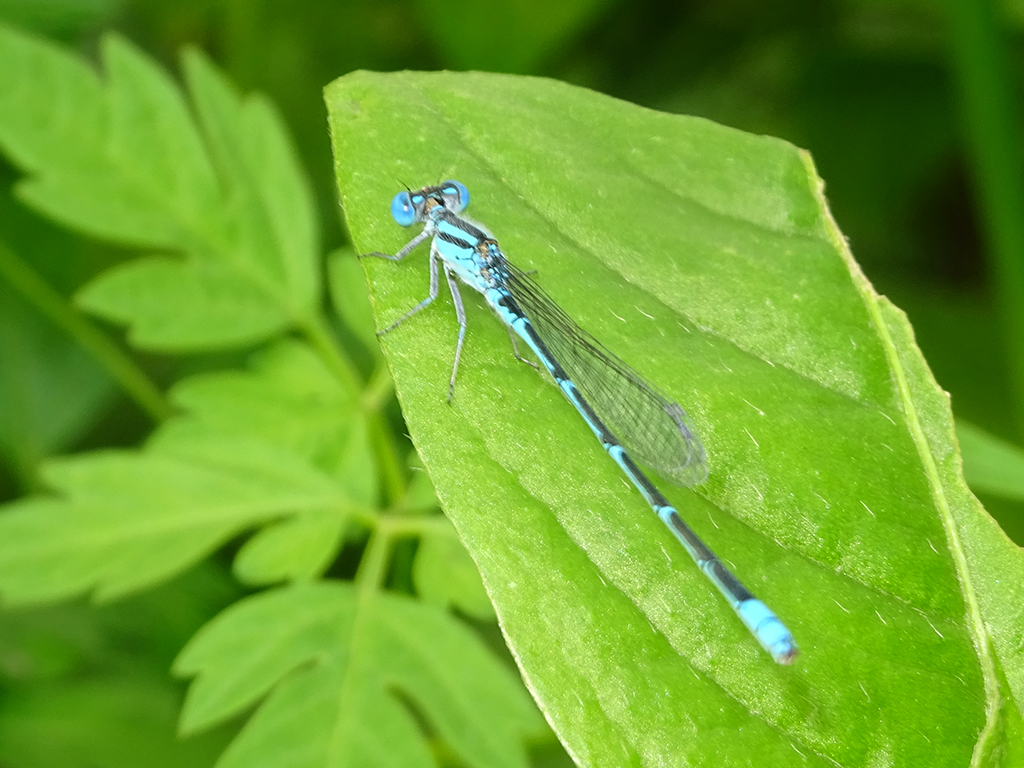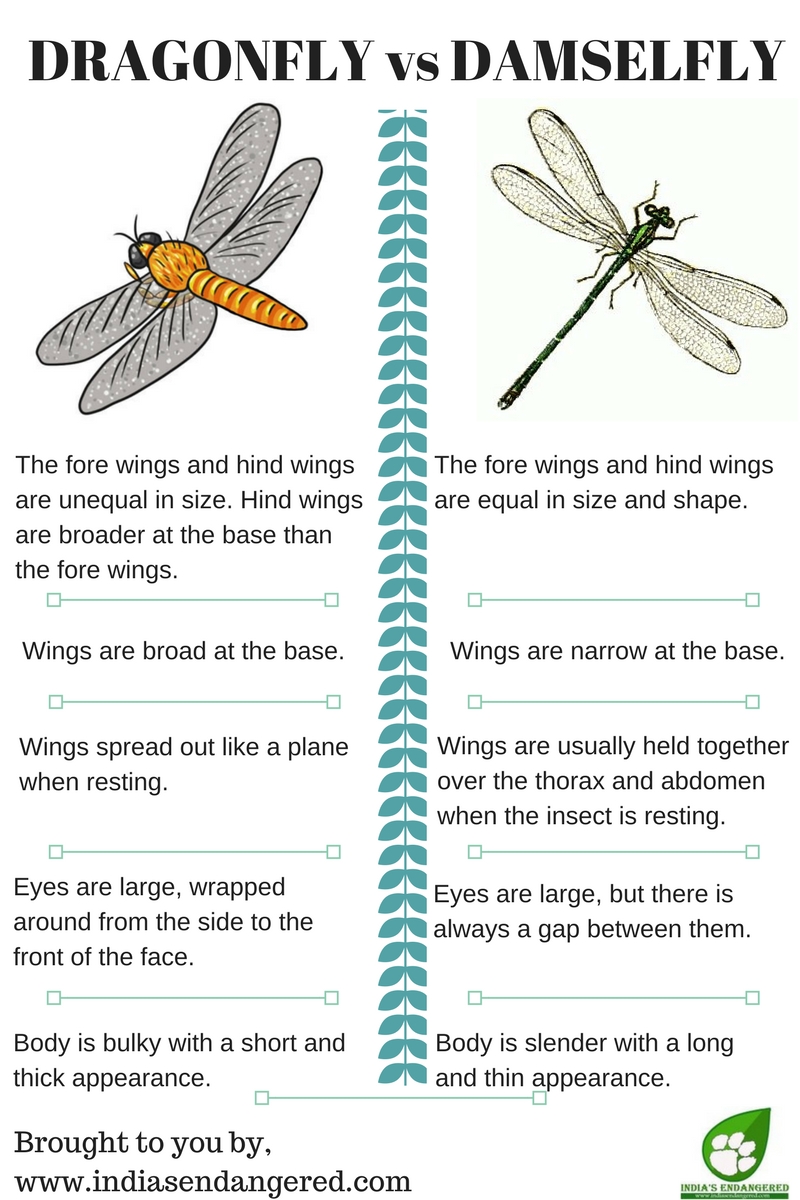Odonata is an order of flying insects that includes the dragonflies and damselflies. Like most other flying insects (flies, beetles, Lepidoptera and Hymenoptera), they evolved in the
early Mesozoic era. Their prototypes, the giant dragonflies of the Carboniferous, 325 mya, are no longer placed in the Odonata but included in the Protodonata or Meganisoptera.
The two common groups are easily distinguished with Dragonflies, placed in the suborder Epiprocta, usually being larger, with eyes together & wings up or out at rest, while Damselflies, suborder Zygoptera,
are usually smaller with eyes placed apart & wings along body at rest.
All Odonata have aquatic larvae called 'nymphs', and all of them, larvae and adults, are carnivorous. The adults can land, but rarely walk. Their legs are specialised for catching prey. They are almost entirely
insectivorous.
ODONET - Know Your Odonates
Know your Odonates is the first of its kind Artificial Intelligence based Identification system from India to identify nearly 250 species of Indian Dragonflies and Damselflies with an accuracy of 90%.
Click here to identify












